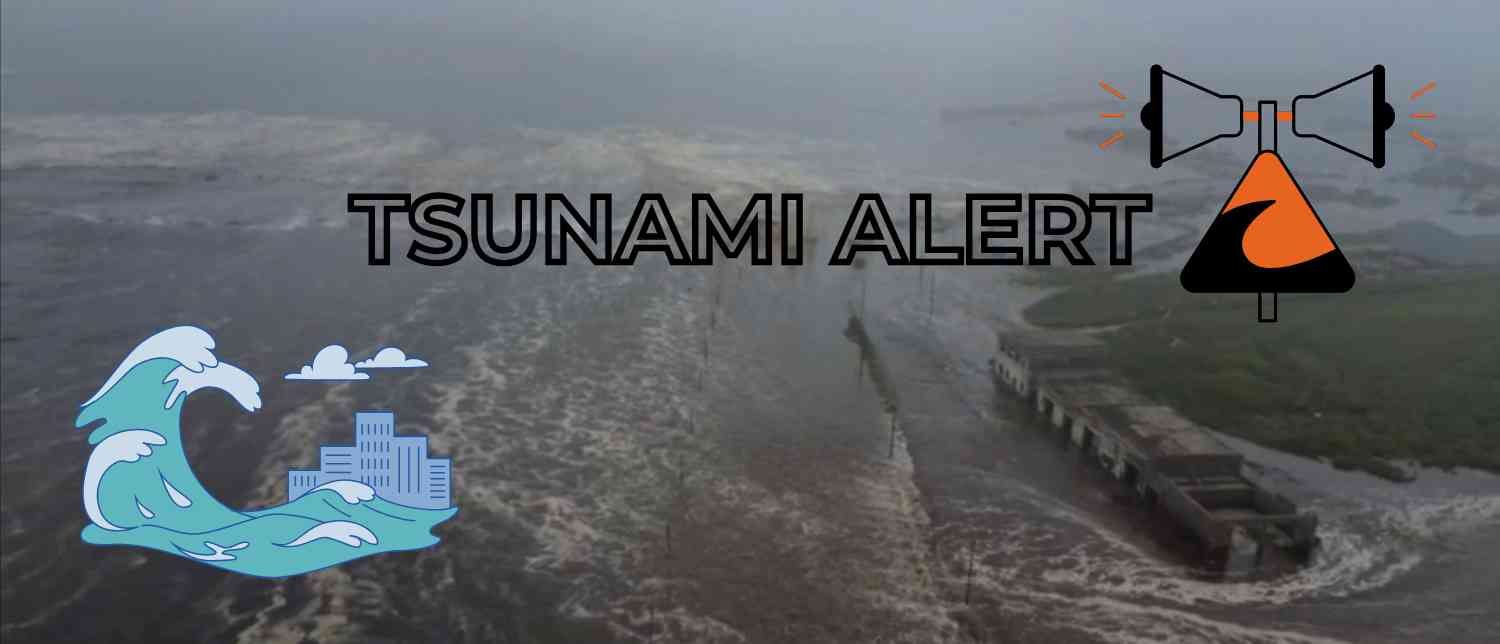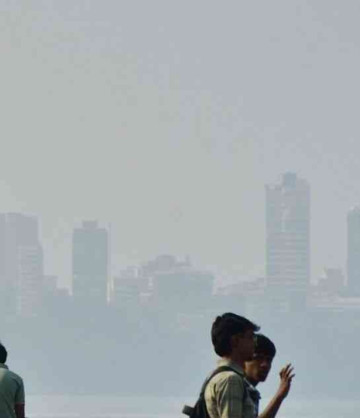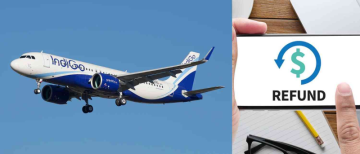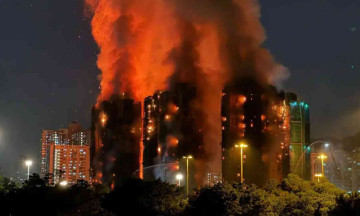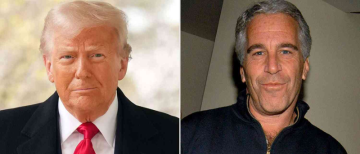A powerful 8.8 magnitude earthquake that struck off Russia's Kamchatka Peninsula has triggered widespread tsunami warnings and evacuations across the Pacific region. Coastal communities in Japan, Russia, the United States, South America, and Southeast Asia have been put on high alert as the risk of destructive waves continues to rise.
Authorities warn that tsunami waves of up to 10 feet (3 meters) are possible, particularly in Hawaii, where emergency evacuations are underway. This marks one of the most significant tsunami threats in recent memory, with ripple effects spanning multiple continents.
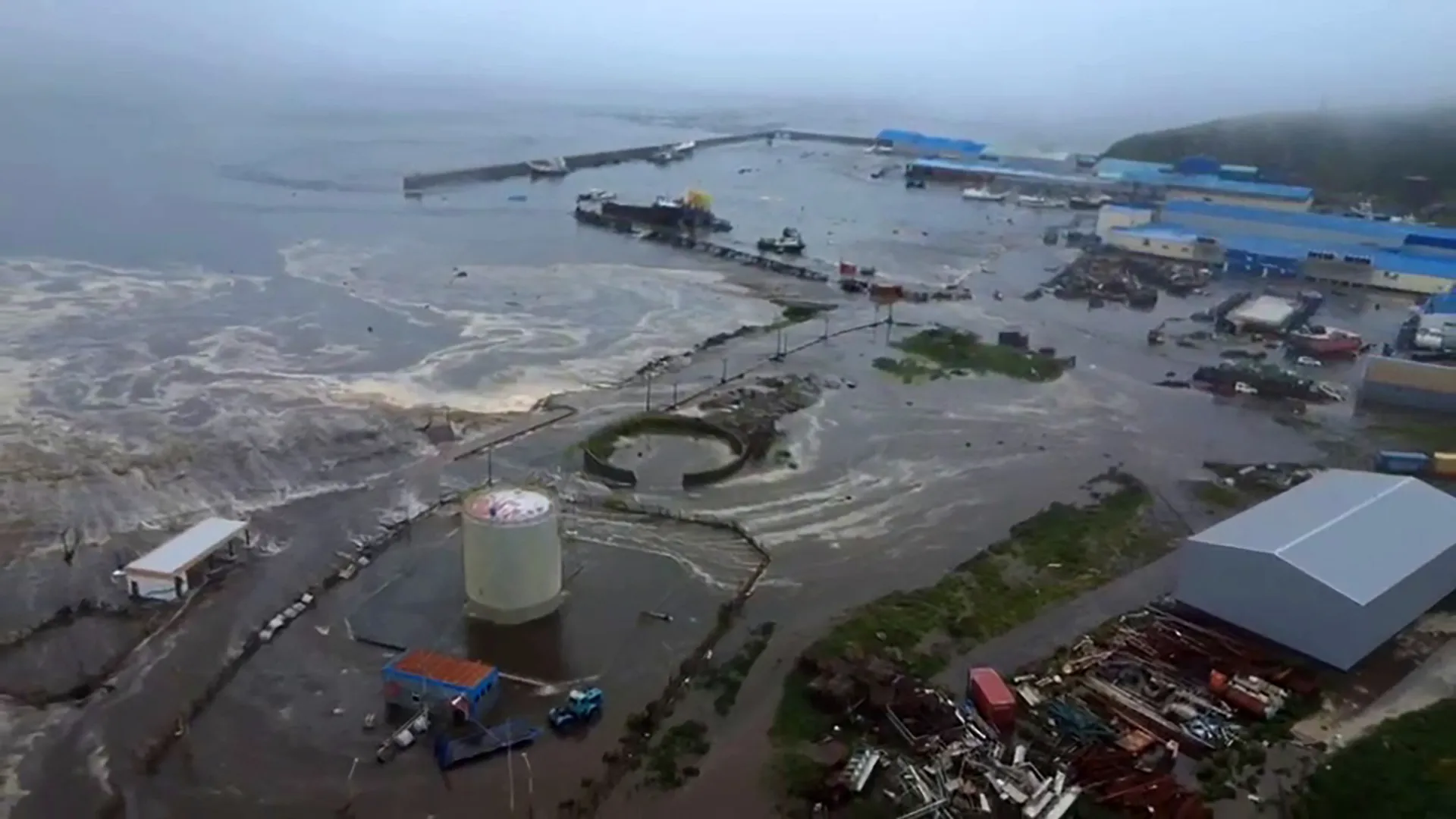
Where Did the Tsunami Begin?
The earthquake, which struck early Wednesday near the Kamchatka Peninsula, is the strongest seismic activity in the region since 1952, according to the Kamchatka branch of the Geophysical Service of the Russian Academy of Sciences. This seismic event was so intense that officials are expecting aftershocks reaching magnitudes of up to 7.5.
Immediately following the earthquake, tsunami waves began to reach coastal areas:
-
A 30 cm (1 foot) wave hit Nemuro, a city on the eastern coast of Hokkaido, Japan.
-
In Severo-Kurilsk, a port town in Russia’s Kuril Islands, waves inundated parts of the harbor. Thankfully, the 2,000 residents were evacuated to higher ground, said local governor Valery Limarenko.
Videos are pouring in showing VIOLENT SHAKING from the MASSIVE M8.8 Earthquake off Kamchatka, RUSSIA! pic.twitter.com/zwx1jbhx0y— RT (@RT_com) July 30, 2025
Which Regions Are Affected by the Tsunami Warning?
This tsunami alert spans an enormous geographical area, with several countries and U.S. states issuing official warnings or advisories. These include:
Japan
-
The Japanese government issued an immediate evacuation order for several regions, particularly from Hokkaido to Wakayama Prefecture.
-
Over 2 million people have been advised to evacuate, with 900,000 placed under evacuation alerts in 133 municipalities.
-
The East Japan Railway Company has suspended services in the affected zones.
-
Fukushima nuclear plant workers have been evacuated as a precautionary measure.
-
The Japan Meteorological Agency warned that subsequent tsunami waves could be even larger than the initial surge.
United States
Hawaii
-
Tsunami sirens sounded across Honolulu, and residents were urged to leave coastal areas.
-
Hawaii’s Governor, Josh Green, issued an emergency proclamation and urged immediate evacuation.
-
Authorities shut down water supply in several Maui districts and halted operations at wastewater stations in Lahaina, Kihei, and Central Maui.
West Coast (California, Oregon, Washington)
-
The U.S. Tsunami Warning Center issued advisories for coastal regions in California, Oregon, and Washington.
-
Residents near the California-Oregon border, from Cape Mendocino northward, were placed under a tsunami watch.
-
Los Angeles National Weather Service confirmed that the first tsunami waves could arrive around 1 AM, advising people to evacuate beaches and marinas immediately.
Alaska and British Columbia
-
Tsunami advisories were also issued for southern Alaska, the Alaska Peninsula, and British Columbia in Canada.
-
Remote communities such as Adak, located in the Aleutian Islands, were warned of prolonged effects lasting several hours or more.
South America and Asia Also on Alert
The far-reaching impact of the seismic event has prompted warnings in other global regions:
-
The U.S. Tsunami Warning Center flagged Ecuador as a potential impact zone, with expected wave heights exceeding 3 meters.
-
Peru and the Galápagos Islands also received tsunami alerts.
-
China’s Tsunami Advisory Center warned of incoming waves capable of damaging coastal infrastructure in eastern China.
-
Indonesia and the Philippines both issued tsunami warnings, urging coastal residents to move to safer ground.
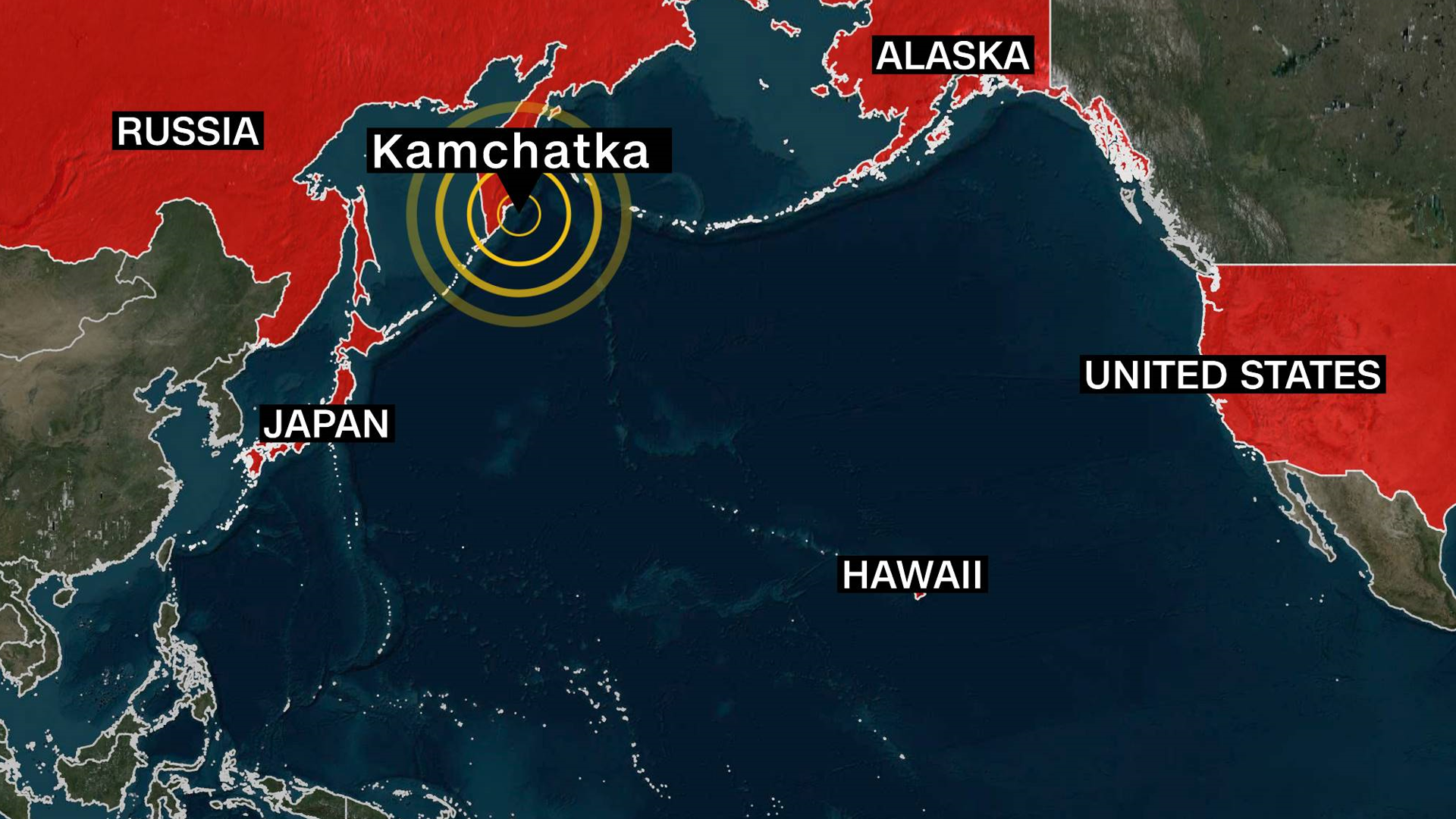
What Is a Tsunami and How Are Warnings Issued?
A tsunami is not just one wave but a series of waves triggered primarily by underwater earthquakes, volcanic eruptions, or submarine landslides. When the ocean floor shifts abruptly, it displaces massive amounts of water, generating waves that travel at jet-like speeds across the ocean.
When these waves reach shallow coastal waters, they slow down and pile up, leading to catastrophic flooding and inundation. Contrary to popular belief, the first wave is rarely the largest; subsequent waves may be higher and more destructive.
Tsunami Alert Systems
-
In Hawaii, alerts are blasted to mobile phones, TV, and radio. A statewide siren network is also used.
-
In Alaska, tsunami warnings are delivered via weather radios, public broadcasts, social media, and sometimes door-to-door notifications.
-
Local emergency management agencies in each country play a critical role in real-time communication.
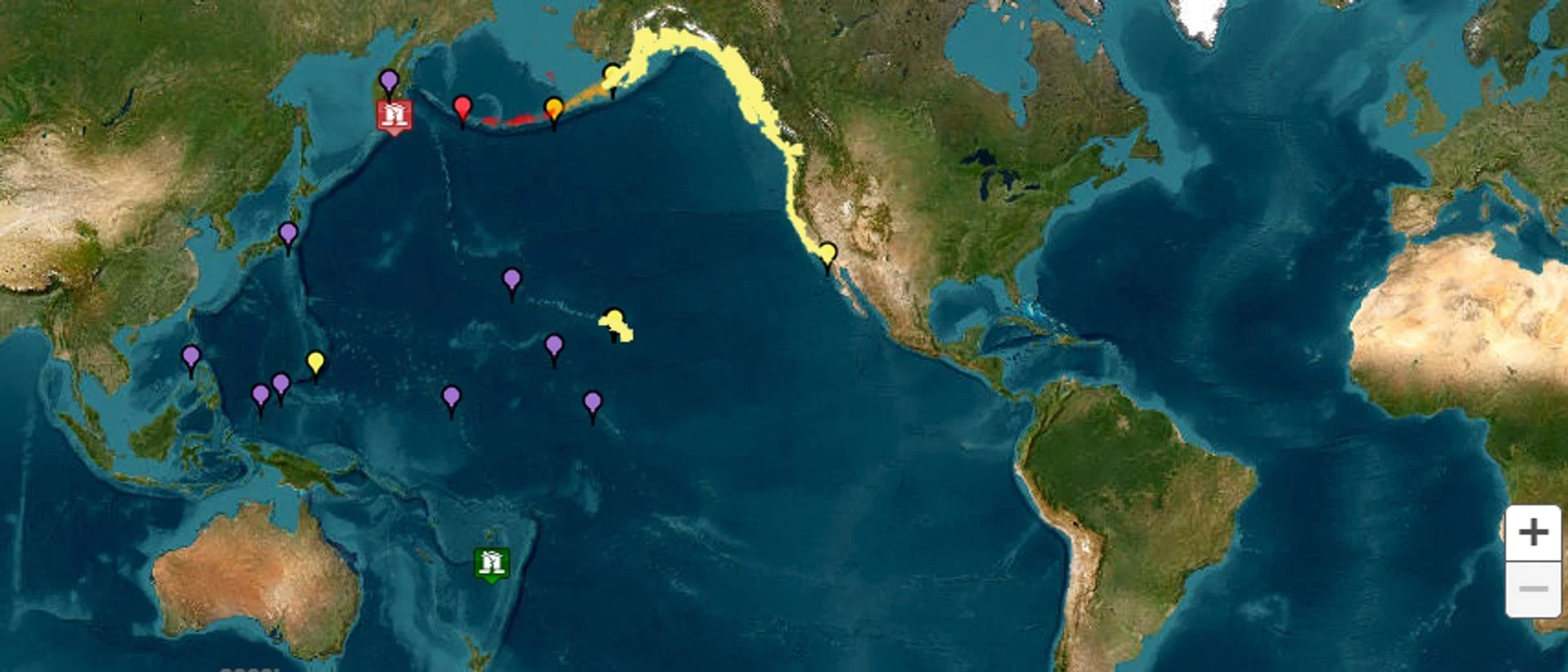
What Should You Do If a Tsunami Warning Is Issued?
Authorities worldwide emphasize the following precautions:
-
Evacuate to higher ground immediately if you’re in a tsunami hazard zone.
-
Stay away from beaches, marinas, and coastal waterways, as wave surges can penetrate inland.
-
Do not attempt to watch the tsunami from shore—this is extremely dangerous.
-
Keep electronic devices charged and stay tuned to official emergency channels for updates.
Indian Consulate Issues Advisory
In response to the tsunami threat on the U.S. West Coast, the Indian Consulate in San Francisco issued safety guidelines for Indian nationals:
-
Stay informed via local emergency alerts.
-
Move to elevated locations when directed.
-
Avoid coastal areas entirely.
-
Contact the emergency helpline at +1-415-483-6629 or email enquiry.sf@mea.gov.in if in need of assistance.
Meanwhile, India's National Centre for Ocean Information Services (INCOIS) confirmed there is no tsunami threat to India or the Indian Ocean region.
🚨🚨🚨
The Consulate General of India in San Francisco is monitoring the potential tsunami threat following the recent 8.7 magnitude earthquake off Russia's Kamchatka Peninsula. Indian nationals in California, other US West Coast states, and Hawaii are advised to take the…— India in SF (@CGISFO) July 30, 2025
Aftershocks and Infrastructure Damage
Following the main 8.8 magnitude earthquake:
-
30 aftershocks have been recorded in the Kamchatka region, ranging from magnitude 2.0 to 6.9.
-
Videos have surfaced on social media showing cracked roads, swaying buildings, and damaged infrastructure.
-
Russia's Sakhalin region reported damage to its power grid, with electricity shut off in some areas.
-
The Russian government has declared an emergency in the Kuril Islands, where tsunami waves have reportedly flooded coastal structures.
Tsunami Threat Still Ongoing
Experts warn that the tsunami threat may persist for more than 24 hours, especially in places directly along the Pacific Ring of Fire. According to Dave Snider, Tsunami Warning Coordinator at the U.S. National Tsunami Warning Center, the ocean will likely experience significant back-and-forth wave motion for a prolonged period.
“A tsunami is not just one wave,” Snider emphasized. “It’s a series of powerful waves over a long period of time... moving as fast as a jet plane in deep water. When they reach the coast, they slow down and pile up, leading to devastating floods.”
Residents in affected areas are strongly urged to remain vigilant, follow local evacuation protocols, and avoid returning to low-lying areas until official all-clear notices are given.
For real-time updates, visit tsunami.gov.
With inputs from agencies
Image Source: Multiple agencies
© Copyright 2025. All Rights Reserved. Powered by Vygr Media.

